Citation:
| REPRINT | 665 KB |
Date Published:
JanAbstract:
Under simple assumptions, the evolution of epistatic "Dobzhansky-Muller" incompatibilities between a pair of species should yield an accelerating decline of log overall reproductive compatibility--a "snowball" effect that might rapidly provide new species with "reality." Possible alternatives include: (1) simple exponential failure, giving a linear rate of log compatibility loss, and (2) "slowdown," likely during reinforcement in which mate choice evolves to prevent deleterious hybridization, yielding a decelerating log compatibility loss. In analyses of multiple datasets, we find little support for the snowball effect, except possibly in Lepidoptera hybrid viability. The snowball predicts a slow initial rate of incompatibility acquisition, with low initial variance; instead, highly variable compatibility is almost universally observed at low genetic distances. Another deviation from predictions is that reproductive isolation usually remains incomplete until long after speciation. These results do not disprove snowball compatibility decay, but can result if large deleterious effects are due to relatively few genetic changes, or if different types of incompatibility evolve at very different rates. On the other hand, data on Bacillus and Saccharomyces, as well as theories of chromosomal evolution, suggest that some kinds of incompatibility accumulate approximately linearly, without Dobzhansky-Muller effects. In microorganisms, linearity can result from direct negative effects of DNA sequence divergence on compatibility. Finally, a decelerating slowdown model is supported for sympatric Leptasterias starfish, and in Drosophila prezygotic isolation in sympatry but not allopatry, providing novel comparative evidence for reinforcement.
Notes:
doi: 10.1111/j.1558-5646.2009.00844.x
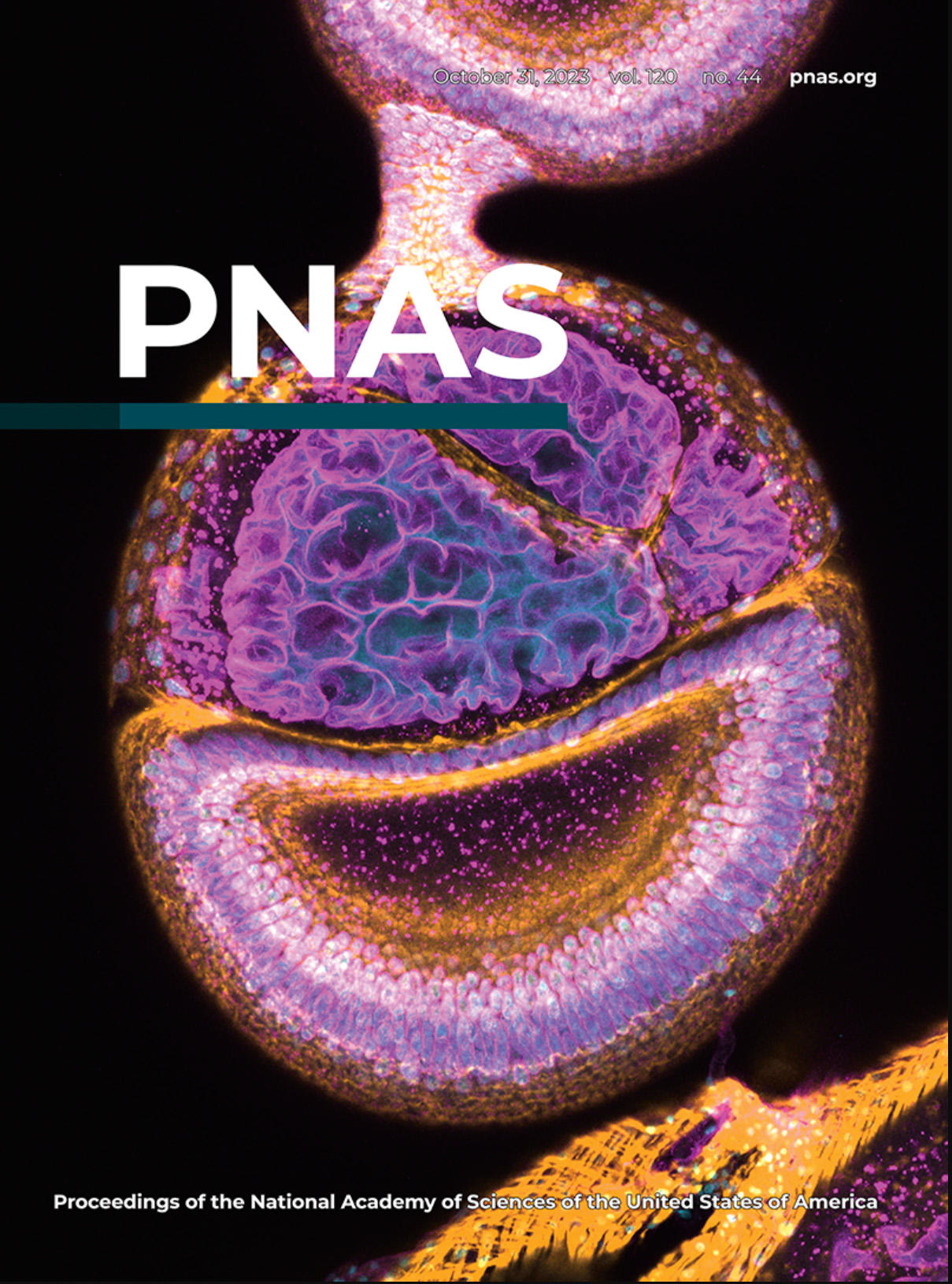
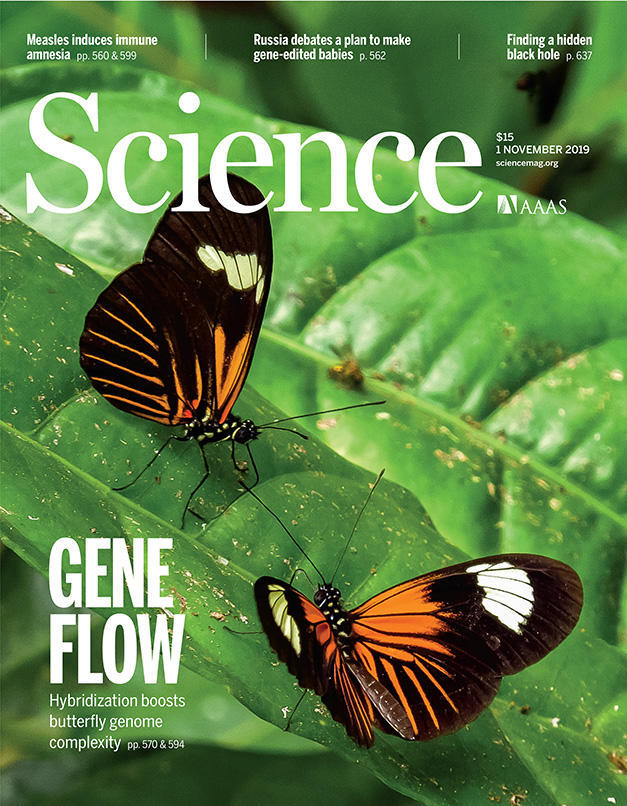
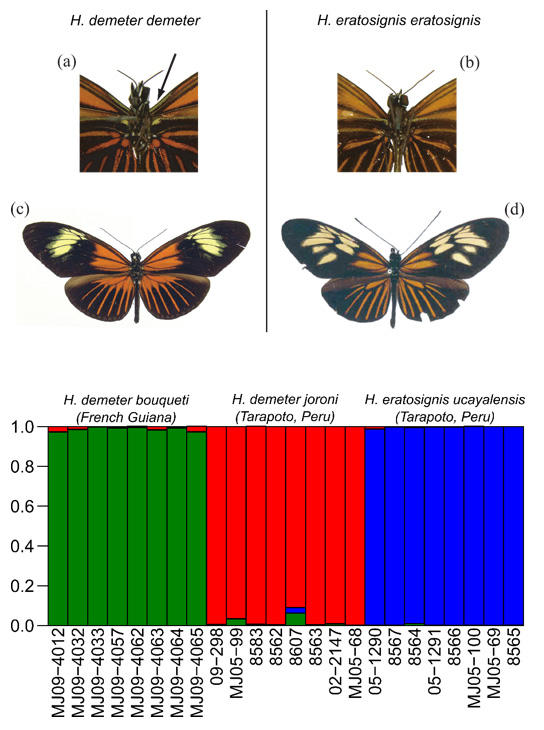

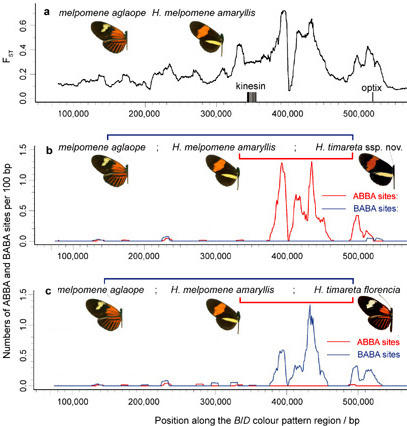
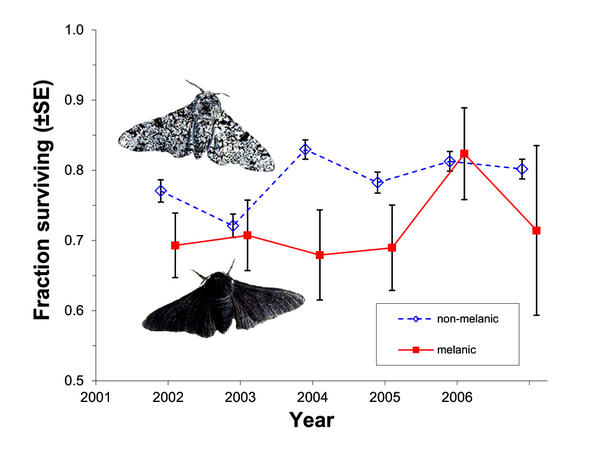 Selection against melanism in UK after the Clean Air Act.
Selection against melanism in UK after the Clean Air Act.